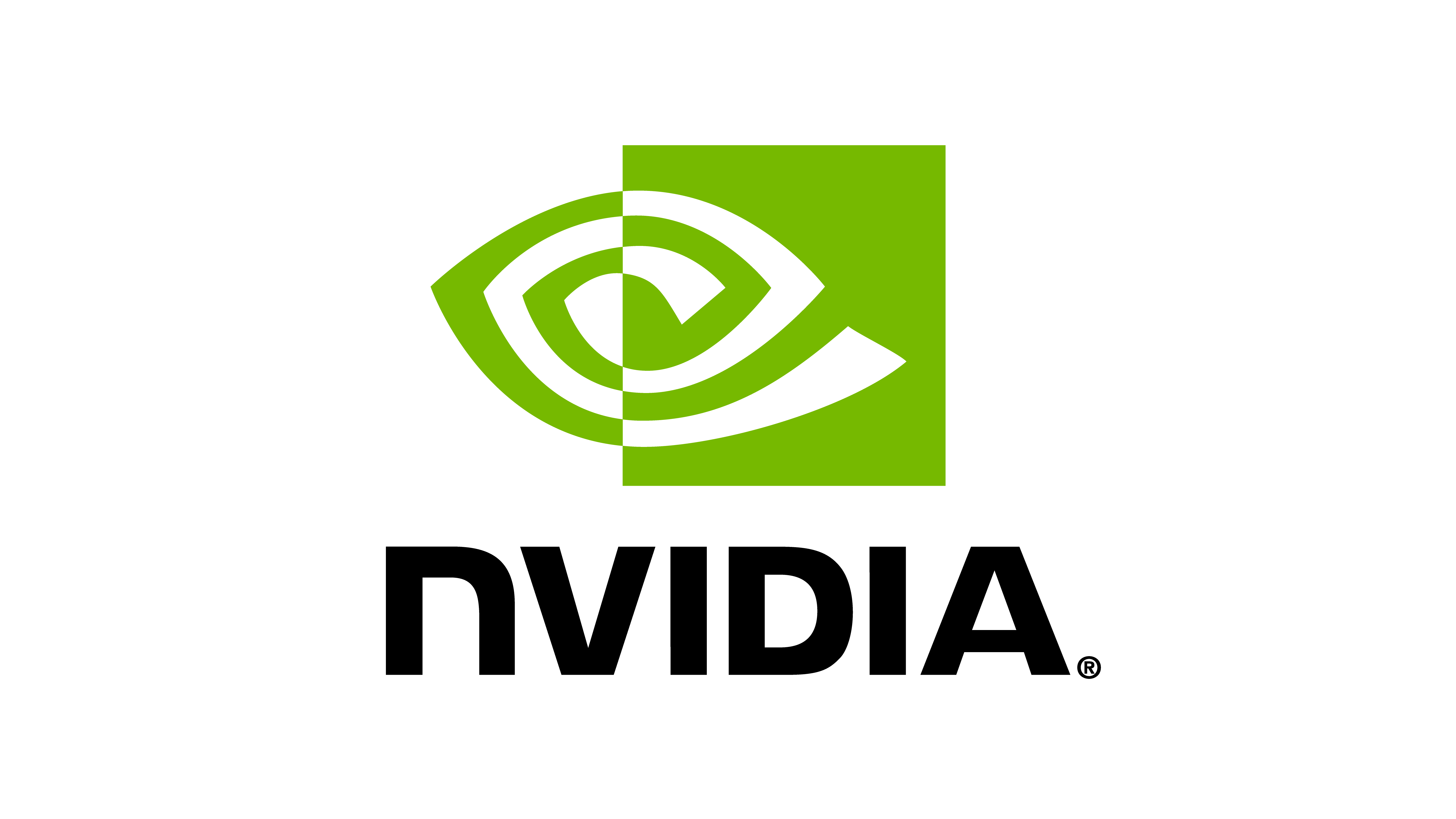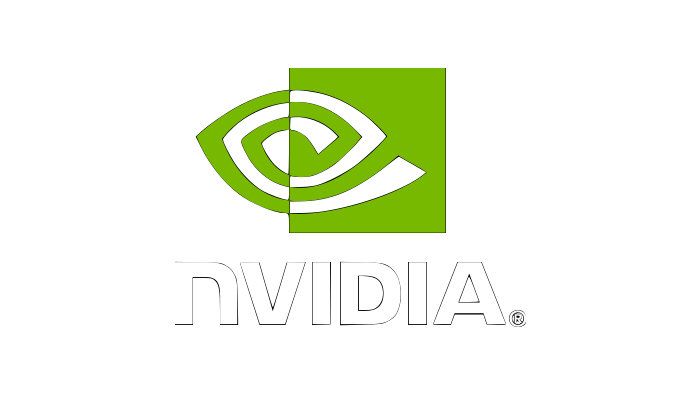# Copyright (c) 2022-2025, The Isaac Lab Project Developers (https://github.com/isaac-sim/IsaacLab/blob/main/CONTRIBUTORS.md).
# All rights reserved.
#
# SPDX-License-Identifier: BSD-3-Clause
from __future__ import annotations
import builtins
import inspect
import re
import torch
import weakref
from abc import ABC, abstractmethod
from collections.abc import Sequence
from typing import TYPE_CHECKING, Any
import isaacsim.core.utils.prims as prim_utils
import omni.kit.app
import omni.timeline
from isaacsim.core.simulation_manager import IsaacEvents, SimulationManager
from isaacsim.core.utils.stage import get_current_stage
import isaaclab.sim as sim_utils
if TYPE_CHECKING:
from .asset_base_cfg import AssetBaseCfg
[docs]class AssetBase(ABC):
"""The base interface class for assets.
An asset corresponds to any physics-enabled object that can be spawned in the simulation. These include
rigid objects, articulated objects, deformable objects etc. The core functionality of an asset is to
provide a set of buffers that can be used to interact with the simulator. The buffers are updated
by the asset class and can be written into the simulator using the their respective ``write`` methods.
This allows a convenient way to perform post-processing operations on the buffers before writing them
into the simulator and obtaining the corresponding simulation results.
The class handles both the spawning of the asset into the USD stage as well as initialization of necessary
physics handles to interact with the asset. Upon construction of the asset instance, the prim corresponding
to the asset is spawned into the USD stage if the spawn configuration is not None. The spawn configuration
is defined in the :attr:`AssetBaseCfg.spawn` attribute. In case the configured :attr:`AssetBaseCfg.prim_path`
is an expression, then the prim is spawned at all the matching paths. Otherwise, a single prim is spawned
at the configured path. For more information on the spawn configuration, see the
:mod:`isaaclab.sim.spawners` module.
Unlike Isaac Sim interface, where one usually needs to call the
:meth:`isaacsim.core.prims.XFormPrim.initialize` method to initialize the PhysX handles, the asset
class automatically initializes and invalidates the PhysX handles when the stage is played/stopped. This
is done by registering callbacks for the stage play/stop events.
Additionally, the class registers a callback for debug visualization of the asset if a debug visualization
is implemented in the asset class. This can be enabled by setting the :attr:`AssetBaseCfg.debug_vis` attribute
to True. The debug visualization is implemented through the :meth:`_set_debug_vis_impl` and
:meth:`_debug_vis_callback` methods.
"""
[docs] def __init__(self, cfg: AssetBaseCfg):
"""Initialize the asset base.
Args:
cfg: The configuration class for the asset.
Raises:
RuntimeError: If no prims found at input prim path or prim path expression.
"""
# check that the config is valid
cfg.validate()
# store inputs
self.cfg = cfg.copy()
# flag for whether the asset is initialized
self._is_initialized = False
# get stage handle
self.stage = get_current_stage()
# check if base asset path is valid
# note: currently the spawner does not work if there is a regex pattern in the leaf
# For example, if the prim path is "/World/Robot_[1,2]" since the spawner will not
# know which prim to spawn. This is a limitation of the spawner and not the asset.
asset_path = self.cfg.prim_path.split("/")[-1]
asset_path_is_regex = re.match(r"^[a-zA-Z0-9/_]+$", asset_path) is None
# spawn the asset
if self.cfg.spawn is not None and not asset_path_is_regex:
self.cfg.spawn.func(
self.cfg.prim_path,
self.cfg.spawn,
translation=self.cfg.init_state.pos,
orientation=self.cfg.init_state.rot,
)
# check that spawn was successful
matching_prims = sim_utils.find_matching_prims(self.cfg.prim_path)
if len(matching_prims) == 0:
raise RuntimeError(f"Could not find prim with path {self.cfg.prim_path}.")
# register various callback functions
self._register_callbacks()
# add handle for debug visualization (this is set to a valid handle inside set_debug_vis)
self._debug_vis_handle = None
# set initial state of debug visualization
self.set_debug_vis(self.cfg.debug_vis)
def __del__(self):
"""Unsubscribe from the callbacks."""
# clear events handles
self._clear_callbacks()
"""
Properties
"""
@property
def is_initialized(self) -> bool:
"""Whether the asset is initialized.
Returns True if the asset is initialized, False otherwise.
"""
return self._is_initialized
@property
@abstractmethod
def num_instances(self) -> int:
"""Number of instances of the asset.
This is equal to the number of asset instances per environment multiplied by the number of environments.
"""
return NotImplementedError
@property
def device(self) -> str:
"""Memory device for computation."""
return self._device
@property
@abstractmethod
def data(self) -> Any:
"""Data related to the asset."""
return NotImplementedError
@property
def has_debug_vis_implementation(self) -> bool:
"""Whether the asset has a debug visualization implemented."""
# check if function raises NotImplementedError
source_code = inspect.getsource(self._set_debug_vis_impl)
return "NotImplementedError" not in source_code
"""
Operations.
"""
[docs] def set_visibility(self, visible: bool, env_ids: Sequence[int] | None = None):
"""Set the visibility of the prims corresponding to the asset.
This operation affects the visibility of the prims corresponding to the asset in the USD stage.
It is useful for toggling the visibility of the asset in the simulator. For instance, one can
hide the asset when it is not being used to reduce the rendering overhead.
Note:
This operation uses the PXR API to set the visibility of the prims. Thus, the operation
may have an overhead if the number of prims is large.
Args:
visible: Whether to make the prims visible or not.
env_ids: The indices of the object to set visibility. Defaults to None (all instances).
"""
# resolve the environment ids
if env_ids is None:
env_ids = range(len(self._prims))
elif isinstance(env_ids, torch.Tensor):
env_ids = env_ids.detach().cpu().tolist()
# obtain the prims corresponding to the asset
# note: we only want to find the prims once since this is a costly operation
if not hasattr(self, "_prims"):
self._prims = sim_utils.find_matching_prims(self.cfg.prim_path)
# iterate over the environment ids
for env_id in env_ids:
prim_utils.set_prim_visibility(self._prims[env_id], visible)
[docs] def set_debug_vis(self, debug_vis: bool) -> bool:
"""Sets whether to visualize the asset data.
Args:
debug_vis: Whether to visualize the asset data.
Returns:
Whether the debug visualization was successfully set. False if the asset
does not support debug visualization.
"""
# check if debug visualization is supported
if not self.has_debug_vis_implementation:
return False
# toggle debug visualization objects
self._set_debug_vis_impl(debug_vis)
# toggle debug visualization handles
if debug_vis:
# create a subscriber for the post update event if it doesn't exist
if self._debug_vis_handle is None:
app_interface = omni.kit.app.get_app_interface()
self._debug_vis_handle = app_interface.get_post_update_event_stream().create_subscription_to_pop(
lambda event, obj=weakref.proxy(self): obj._debug_vis_callback(event)
)
else:
# remove the subscriber if it exists
if self._debug_vis_handle is not None:
self._debug_vis_handle.unsubscribe()
self._debug_vis_handle = None
# return success
return True
[docs] @abstractmethod
def reset(self, env_ids: Sequence[int] | None = None):
"""Resets all internal buffers of selected environments.
Args:
env_ids: The indices of the object to reset. Defaults to None (all instances).
"""
raise NotImplementedError
[docs] @abstractmethod
def write_data_to_sim(self):
"""Writes data to the simulator."""
raise NotImplementedError
[docs] @abstractmethod
def update(self, dt: float):
"""Update the internal buffers.
The time step ``dt`` is used to compute numerical derivatives of quantities such as joint
accelerations which are not provided by the simulator.
Args:
dt: The amount of time passed from last ``update`` call.
"""
raise NotImplementedError
"""
Implementation specific.
"""
@abstractmethod
def _initialize_impl(self):
"""Initializes the PhysX handles and internal buffers."""
raise NotImplementedError
def _set_debug_vis_impl(self, debug_vis: bool):
"""Set debug visualization into visualization objects.
This function is responsible for creating the visualization objects if they don't exist
and input ``debug_vis`` is True. If the visualization objects exist, the function should
set their visibility into the stage.
"""
raise NotImplementedError(f"Debug visualization is not implemented for {self.__class__.__name__}.")
def _debug_vis_callback(self, event):
"""Callback for debug visualization.
This function calls the visualization objects and sets the data to visualize into them.
"""
raise NotImplementedError(f"Debug visualization is not implemented for {self.__class__.__name__}.")
"""
Internal simulation callbacks.
"""
def _register_callbacks(self):
"""Registers the timeline and prim deletion callbacks."""
# register simulator callbacks (with weakref safety to avoid crashes on deletion)
def safe_callback(callback_name, event, obj_ref):
"""Safely invoke a callback on a weakly-referenced object, ignoring ReferenceError if deleted."""
try:
obj = obj_ref
getattr(obj, callback_name)(event)
except ReferenceError:
# Object has been deleted; ignore.
pass
# note: use weakref on callbacks to ensure that this object can be deleted when its destructor is called.
# add callbacks for stage play/stop
obj_ref = weakref.proxy(self)
timeline_event_stream = omni.timeline.get_timeline_interface().get_timeline_event_stream()
# the order is set to 10 which is arbitrary but should be lower priority than the default order of 0
# register timeline PLAY event callback (lower priority with order=10)
self._initialize_handle = timeline_event_stream.create_subscription_to_pop_by_type(
int(omni.timeline.TimelineEventType.PLAY),
lambda event, obj_ref=obj_ref: safe_callback("_initialize_callback", event, obj_ref),
order=10,
)
# register timeline STOP event callback (lower priority with order=10)
self._invalidate_initialize_handle = timeline_event_stream.create_subscription_to_pop_by_type(
int(omni.timeline.TimelineEventType.STOP),
lambda event, obj_ref=obj_ref: safe_callback("_invalidate_initialize_callback", event, obj_ref),
order=10,
)
# register prim deletion callback
self._prim_deletion_callback_id = SimulationManager.register_callback(
lambda event, obj_ref=obj_ref: safe_callback("_on_prim_deletion", event, obj_ref),
event=IsaacEvents.PRIM_DELETION,
)
def _initialize_callback(self, event):
"""Initializes the scene elements.
Note:
PhysX handles are only enabled once the simulator starts playing. Hence, this function needs to be
called whenever the simulator "plays" from a "stop" state.
"""
if not self._is_initialized:
# obtain simulation related information
self._backend = SimulationManager.get_backend()
self._device = SimulationManager.get_physics_sim_device()
# initialize the asset
try:
self._initialize_impl()
except Exception as e:
if builtins.ISAACLAB_CALLBACK_EXCEPTION is None:
builtins.ISAACLAB_CALLBACK_EXCEPTION = e
# set flag
self._is_initialized = True
def _invalidate_initialize_callback(self, event):
"""Invalidates the scene elements."""
self._is_initialized = False
if self._debug_vis_handle is not None:
self._debug_vis_handle.unsubscribe()
self._debug_vis_handle = None
def _on_prim_deletion(self, prim_path: str) -> None:
"""Invalidates and deletes the callbacks when the prim is deleted.
Args:
prim_path: The path to the prim that is being deleted.
Note:
This function is called when the prim is deleted.
"""
if prim_path == "/":
self._clear_callbacks()
return
result = re.match(
pattern="^" + "/".join(self.cfg.prim_path.split("/")[: prim_path.count("/") + 1]) + "$", string=prim_path
)
if result:
self._clear_callbacks()
def _clear_callbacks(self) -> None:
"""Clears the callbacks."""
if self._prim_deletion_callback_id:
SimulationManager.deregister_callback(self._prim_deletion_callback_id)
self._prim_deletion_callback_id = None
if self._initialize_handle:
self._initialize_handle.unsubscribe()
self._initialize_handle = None
if self._invalidate_initialize_handle:
self._invalidate_initialize_handle.unsubscribe()
self._invalidate_initialize_handle = None
# clear debug visualization
if self._debug_vis_handle:
self._debug_vis_handle.unsubscribe()
self._debug_vis_handle = None

